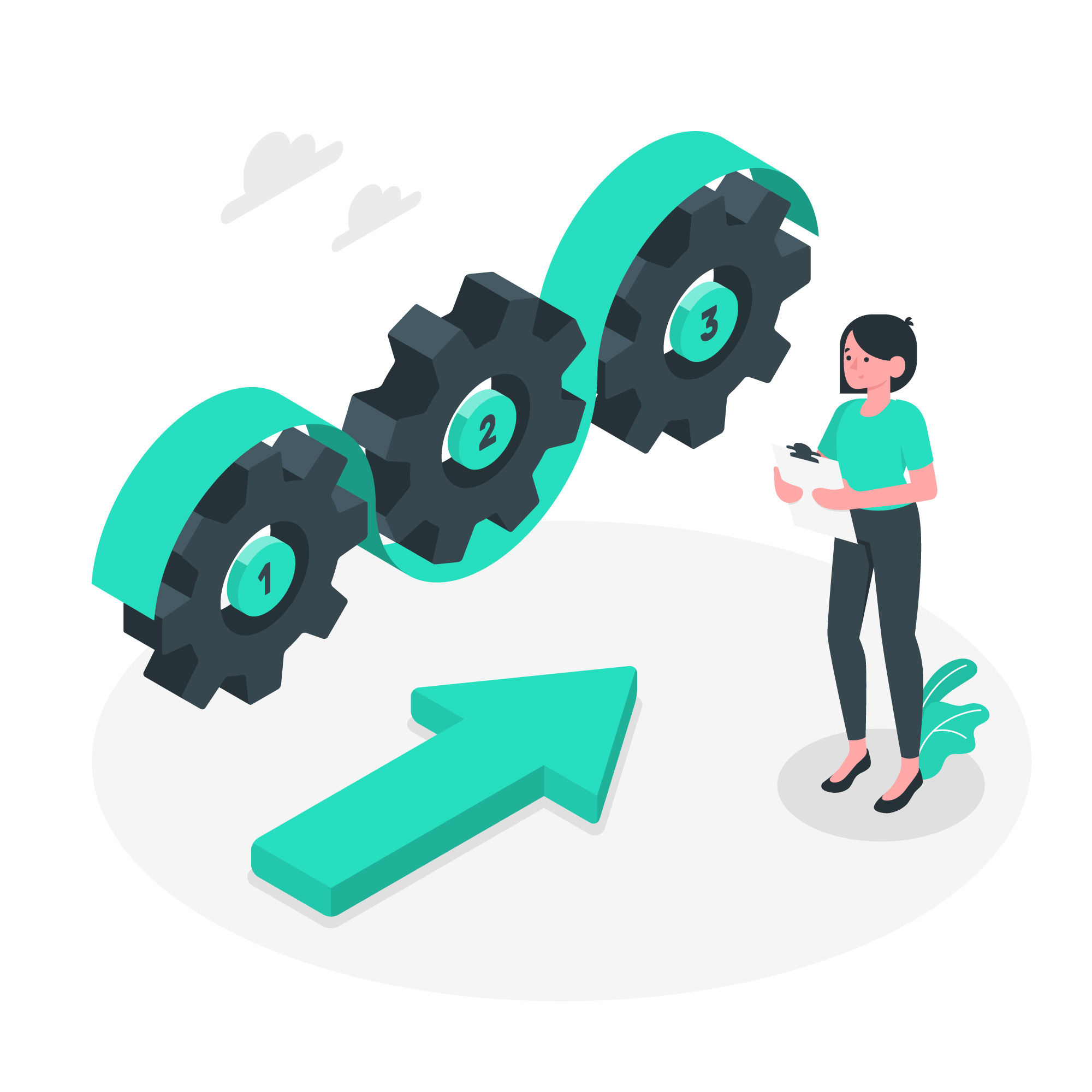
What Makes a SaaS Product Scalable and Profitable?
Have a project in mind? Let us build it for you
Scalability and profitability are the twin pillars of SaaS success. A scalable SaaS product adapts effortlessly to growing user demand, while profitability ensures the business thrives financially.
Why Scalability is the Cornerstone of SaaS Success
A scalable SaaS product can handle growth without breaking a sweat. Whether you gain 10 or 10,000 new users overnight, your system needs to perform consistently.
Profitability as the End Goal
While scalability gets your product in more hands, profitability ensures you’re making more money than you’re spending. Together, these factors determine long-term viability.
Key Features of a Scalable SaaS Product
Cloud Infrastructure for Flexibility
Cloud-based platforms enable quick scaling by adjusting resources as needed. Think of it as adding lanes to a highway during rush hour.
Modular Design for Easier Updates
A modular architecture allows seamless updates and feature additions, reducing downtime and enhancing the user experience.
Automation in Core Processes
Automating processes like user onboarding or customer support improves efficiency and reduces manual workload, allowing for smoother scaling.
Identifying Revenue Opportunities in SaaS
Subscription-Based Revenue Models
Subscriptions form the backbone of SaaS revenue, offering predictable cash flow through monthly or annual plans.
Upselling and Cross-Selling Strategies
Encourage customers to upgrade their plans or purchase complementary features, maximizing their value to your business.
Reducing Operational Costs for Higher Profit Margins
Importance of Efficient Resource Allocation
Minimize waste by focusing resources on high-impact areas like development and customer acquisition.
Leveraging Automation to Cut Costs
Use tools to automate repetitive tasks, such as billing or analytics, saving both time and money.
Ensuring High Customer Retention
Building a Seamless User Experience
A user-friendly interface keeps customers engaged and reduces the likelihood of churn.
Providing Excellent Customer Support
Responsive and effective support turns one-time users into loyal subscribers.
Using Data Analytics to Drive Growth
Monitoring Key Performance Indicators (KPIs)
Track metrics like MRR, churn rate, and CAC to understand what’s working—and what’s not.
Leveraging Insights for Personalization
Use data to tailor user experiences, making customers feel valued and understood.
Role of Pricing Models in Profitability
Tiered Pricing for Diverse Customer Segments
Offer a range of plans to cater to different needs, from startups to enterprises.
Freemium Models to Attract Users
Free plans entice users to try your product, with the potential to convert them into paying customers.
Scaling Through Partnerships and Integrations
Leveraging API Ecosystems
APIs enable your SaaS to integrate with other tools, making it more valuable to users.
Partnering with Complementary Businesses
Collaborate with other companies to expand your reach and add features that enhance user satisfaction.
The Role of Marketing in SaaS Growth
Building a Strong Digital Presence
A robust online presence ensures your SaaS is visible to potential users when they need it most.
Focusing on Content Marketing and SEO
Content marketing establishes your brand as an authority, while SEO drives organic traffic to your website.
Importance of Continuous Innovation
Adapting to Market Trends
Stay ahead by continuously updating your product to meet evolving customer needs.
Listening to Customer Feedback
Your customers are your best source of insight. Use their feedback to refine your product and offerings.
Challenges in Scaling SaaS Products
Managing Increasing Customer Demands
As you grow, maintaining quality and performance becomes more challenging but equally crucial.
Balancing Growth with Quality
Rapid growth should never come at the expense of user experience or product reliability.
Metrics to Measure Scalability and Profitability
Monthly Recurring Revenue (MRR)
MRR gives a clear picture of your recurring income and helps forecast growth.
Churn Rate and Customer Acquisition Cost (CAC)
Minimize churn and optimize CAC to ensure a profitable SaaS business.
Conclusion
Scalability and profitability are inseparable for SaaS success. By focusing on robust infrastructure, innovative features, and strategic growth, you can build a SaaS product that thrives in any market condition.
FAQs
-
What is the relationship between scalability and profitability in SaaS?
Scalability ensures growth, while profitability ensures financial success. Together, they drive business longevity. -
How can SaaS companies reduce operational costs?
By leveraging automation, optimizing resource allocation, and minimizing waste. -
What pricing model works best for new SaaS businesses?
Freemium models attract users, while tiered pricing caters to varied customer needs. -
How important is customer retention for SaaS profitability?
Retention boosts lifetime value, reduces churn, and ensures stable revenue. -
What are the most critical metrics for measuring SaaS success?
MRR, churn rate, CAC, and CLV are key metrics to track and optimize.
Have a project in mind? Let us build it for you